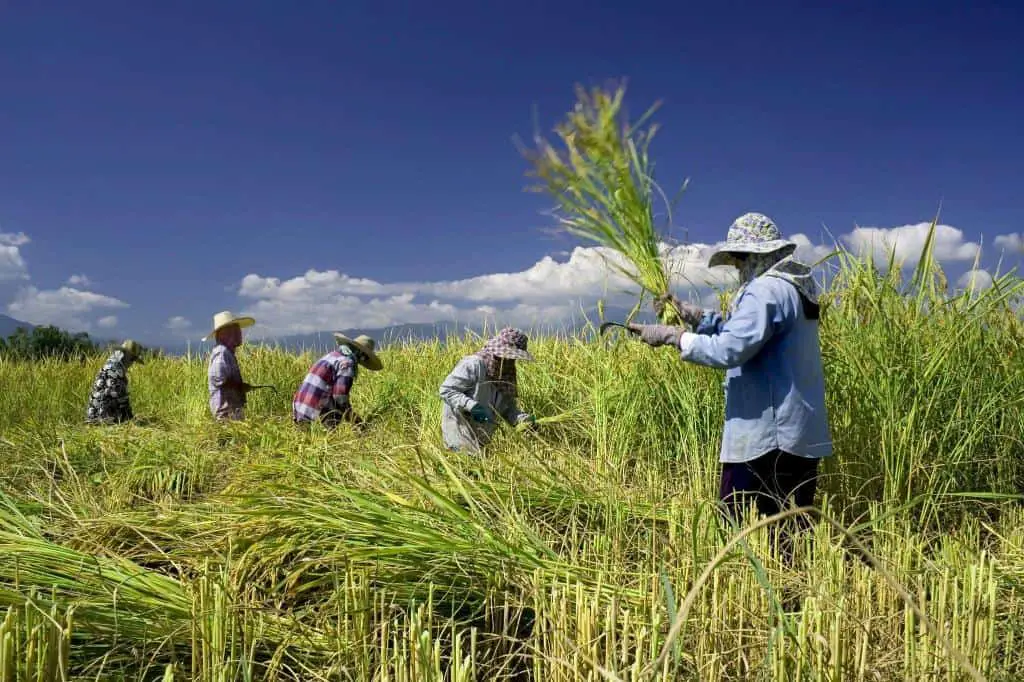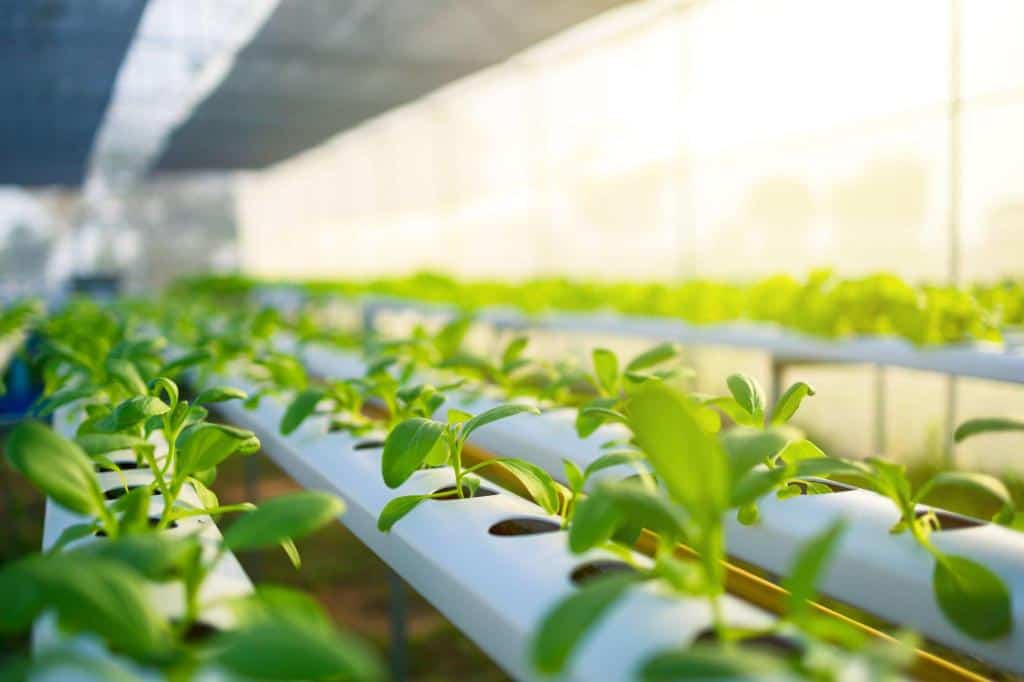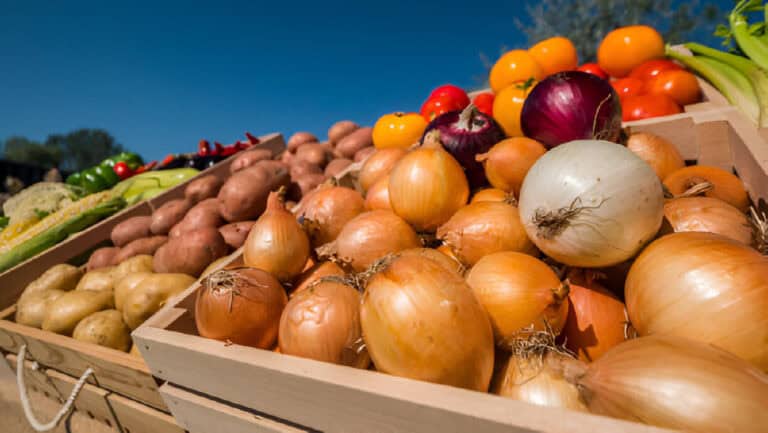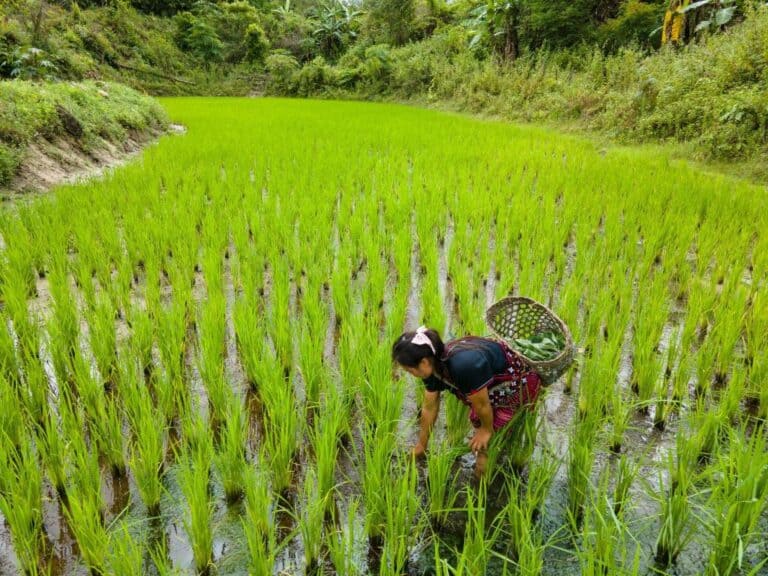Conventional Farming vs. Organic Farming: Differences and Similarities

Farming plays a crucial role in sustaining our growing global population. However, there are different methods of farming, each with its own approach and set of practices.
Two common methods that often come up in discussions are conventional farming and organic farming. While both aim to produce food, they differ significantly in their approaches, philosophies, and outcomes.
In this article, we will explore the differences and similarities between conventional farming and organic farming, allowing you to make an informed decision about the food you consume.
Conventional farming and organic farming are two distinct approaches to agriculture, each with its own set of principles and practices. In this article, we will explore the differences and similarities between these two farming methods, considering their environmental impact, productivity, effects on human health, economic aspects, and future prospects.
Conventional Farming
Conventional farming, also known as industrial or modern farming, is the dominant form of agriculture worldwide. It relies heavily on technological advancements and synthetic inputs to maximize productivity. Here are some key characteristics of conventional farming:
1. Synthetic Chemical Inputs
Conventional farming relies on synthetic fertilizers, pesticides, and herbicides to enhance crop growth and protect plants from pests and diseases. These chemicals are often derived from non-renewable resources and may have long-lasting environmental impacts if not managed properly.
2. Intensive Land Use
Conventional farming practices typically involve large-scale monoculture, where a single crop is grown over vast areas. This maximizes efficiency and allows for streamlined harvesting and processing. However, it can lead to soil degradation, increased vulnerability to pests and diseases, and loss of biodiversity.
3. Mechanization
Modern farming heavily relies on machinery and automation to carry out various tasks, such as plowing, planting, irrigation, and harvesting. This enables farmers to cover larger areas and reduce labor costs. However, the extensive use of machinery may have negative environmental consequences and contribute to soil compaction.
4. Genetic Modification
Conventional farming often utilizes genetically modified organisms (GMOs) to improve crop traits, such as pest resistance, herbicide tolerance, and yield. While GMOs have been widely adopted, concerns regarding their long-term impacts on human health and the environment remain a subject of debate.
Organic Farming

Organic farming, on the other hand, emphasizes sustainable practices that prioritize environmental conservation and natural resource management. Here are the key features of organic farming:
1. Natural Inputs
Organic farming avoids the use of synthetic fertilizers, pesticides, and genetically modified organisms. Instead, it relies on natural alternatives, such as compost, manure, crop rotation, and biological pest control. This reduces chemical residues in food, promotes soil health, and minimizes the impact on ecosystems.
2. Soil Management
Organic farmers focus on building and maintaining healthy soil through practices like composting, crop rotation, and cover cropping. By nurturing the soil’s natural fertility, organic farming promotes long-term sustainability and enhances the resilience of crops against pests and diseases.
3. Biodiversity Conservation
Organic farming encourages biodiversity by creating diverse habitats and promoting the growth of native plants. This helps maintain a balanced ecosystem, support beneficial insects and wildlife, and reduce the reliance on chemical inputs for pest control.
4. Certification Standards
To ensure transparency and consumer confidence, organic farming follows specific certification standards set by regulatory bodies. These standards define the permitted practices and substances for organic production and provide guidelines for labeling and marketing organic products.
Differences and Similarities
Now that we have explored the fundamental aspects of conventional and organic farming, let’s examine the key differences and similarities between the two:
| Aspect | Conventional Farming | Organic Farming |
| Chemical Inputs | Relies on synthetic fertilizers, pesticides, and GMOs | Avoids synthetic inputs and favors natural alternatives |
| Soil Management | May lead to soil degradation | Focuses on building and maintaining healthy soil |
| Biodiversity | Often reduces biodiversity due to monoculture | Promotes biodiversity through diverse habitats |
| Environmental Impact | Potential long-lasting environmental impacts | Minimizes environmental impact and conserves resources |
| Productivity | Maximizes crop yield through technological advancements | Yields may be slightly lower, but sustainable in the long run |
| Consumer Health | Concerns about chemical residues in food | Reduces exposure to synthetic chemicals |
| Price | Often lower due to economies of scale | May be slightly higher due to increased labor and organic inputs |
| Certification | No specific certification required | Follows strict certification standards |
Human Health Considerations
The use of synthetic pesticides and fertilizers in conventional farming raises concerns about potential risks to human health. Pesticide residues on conventionally grown produce can expose consumers to these chemicals. In contrast, organic farming aims to minimize pesticide residues, offering consumers a reduced exposure risk.
Farmers working with conventional methods also face health risks due to prolonged exposure to synthetic chemicals. In contrast, organic farmers avoid such hazards, promoting a safer working environment.
The impact of GMOs on human health remains a topic of debate. While some studies suggest potential risks, more research is needed to fully understand the long-term effects of GMO consumption.
Economic Aspects and Market Demand
Conventional farming often benefits from lower production costs due to the use of synthetic inputs and economies of scale. However, organic farming is gaining momentum due to increasing consumer demand for organic products. The market for organic food has expanded significantly, with consumers willing to pay premium prices for these products. This consumer-driven demand has incentivized more farmers to adopt organic practices.
However, organic farming faces challenges such as higher labor costs, limited access to resources, and lower economies of scale. Government policies and incentives play a crucial role in supporting organic farming and bridging the economic gap. Programs that provide financial assistance, technical support, and education can encourage more farmers to transition to organic practices.
Influence on Food Security
Conventional farming, with its focus on high-yield production, has historically played a significant role in ensuring food security by meeting the demand for large quantities of food. However, relying solely on intensive subsistence farming methods poses challenges in the face of a growing global population, limited natural resources, and environmental degradation.
Organic farming, with its emphasis on sustainability and biodiversity, offers an alternative approach to promoting food security. By preserving soil health, minimizing chemical pollution, and supporting ecosystems, organic farming contributes to long-term food production capabilities.
The integration of organic practices and sustainable farming techniques can help strike a balance between productivity and environmental stewardship.
Integration of Practices
The division between conventional and organic farming is not always absolute. Many farmers adopt integrated pest management (IPM) techniques that combine elements of both approaches. IPM incorporates biological and natural control methods while minimizing the use of synthetic pesticides, effectively reducing the environmental impact.
It serves as a bridge between conventional and organic farming, allowing farmers to benefit from sustainable practices while managing pest pressures.
Future Prospects and Challenges
The future of agriculture lies in the development and implementation of sustainable farming practices. Both conventional and organic farming can contribute to this vision. Continuous innovation and research in conventional farming can lead to the adoption of more environmentally friendly practices, reducing chemical inputs and improving resource efficiency.
Organic farming, on the other hand, should focus on addressing challenges such as scalability, cost-effectiveness, and meeting the increasing demand for organic products.
Alternative approaches like regenerative agriculture, which focuses on soil health and ecosystem restoration, also hold promise for the future of farming. By regenerating soil, improving water management, and enhancing biodiversity, regenerative practices aim to create resilient and sustainable agricultural systems.
Conclusion
In conclusion, conventional farming and organic farming have distinct differences and similarities. While conventional farming prioritizes high yields and efficiency, organic farming emphasizes sustainability and biodiversity. Both methods have environmental, health, and economic implications, and the integration of sustainable practices is key to the future of agriculture.
By understanding these approaches, consumers and farmers can make informed choices that align with their values and contribute to a more sustainable food system.
FAQs
Is organic farming better for the environment?
Yes, organic farming promotes soil health, biodiversity, and reduces pollution, making it more environmentally friendly.
Does organic farming yield less than conventional farming?
Organic farming yields can vary but can be productive when managed effectively and prioritize long-term sustainability.
Are organic foods healthier than conventionally grown foods?
Organic foods have reduced pesticide residues, potentially offering health benefits, but further research is needed to fully understand the nutritional differences.
Can conventional farming be sustainable?
Conventional farming can adopt more sustainable practices to reduce environmental impact, but challenges remain in balancing productivity and sustainability.
What are the advantages of integrated pest management?
Integrated pest management combines elements of conventional and organic farming, minimizing synthetic pesticide use while managing pests effectively.
What is regenerative agriculture?
Regenerative agriculture focuses on restoring soil health, improving water management, and enhancing biodiversity to create resilient and sustainable farming systems.






